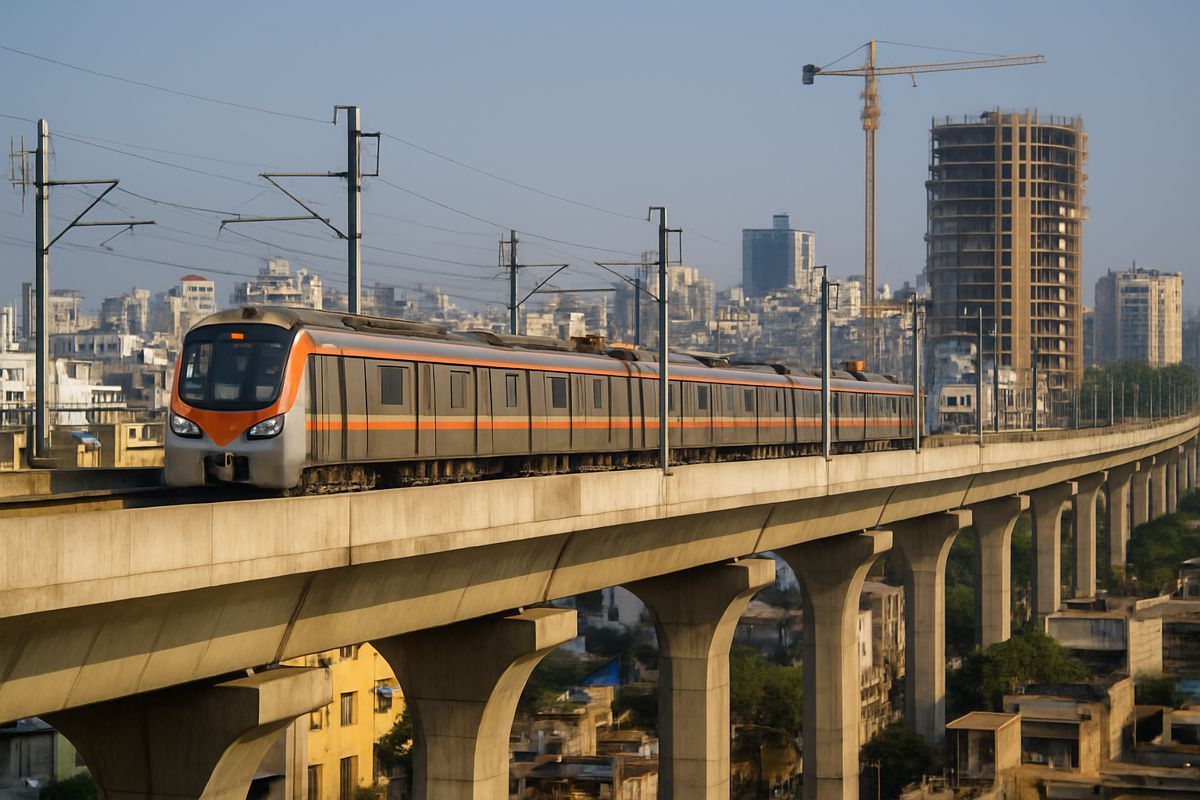How Hyperloop is changing the calculus of the commute
It’s Monday morning and you’re stuck in traffic again, shoulders tensed as you realize you’re late for work–yet the minutes drag on. Some days you get to thinking about how you could instead be spending these minutes, and hundreds like them, with family and friends and doing much better things with your life.
Giving people back lost time is a main reason governments invest in transportation. Less congestion, more accessibility, and faster transfers are all positive economic multipliers. But the trillion-dollar questions about which projects to fund involve a lot of complex variables, only one of which is the amount of farebox revenue it can generate. Many public transport investments don’t recoup their costs from fares, and look beyond to the wider economic benefits. Prime among those is the value of time saved. As the creator of a new transportation system that can shrink commute or freight times by 90 percent, Hyperloop One is scrutinizing the relationship between time and money carefully.
Fortunately, the value of travel time saved (VTTS) is becoming less of a dark art among economists and planners. The statistical models focus on how travel minutes would have been used otherwise–work, shopping, leisure time–and come up with a dollar figure per hour that is a multiple of or discount to average salaries or wages. An hour spent traveling between cities is pegged at 70% to 100% of average hourly earnings, according to the U.S. Department of Transportation. That works out to $20 per person per hour, or more than 30 cents per minute stuck in traffic, based on national averages. (An hour of travel per day has stubbornly remained a norm across most of human history and geography, according to Marchetti’s constant.) We used similar models to build the world’s first Hyperloop business case published in July 2016 for a 500-km passenger network between Helsinki and Stockholm. That completed network would generate a travel-time savings of 375 million euros per year for the region based on an eventual volume of 47 million passengers per year. That’s a healthy benefit-to-cost ratio compared with the travel-time saved on other big projects.

Hyperloop One’s transportation economist Dapeng Zhang has been applying a modified travel-time model to potential Hyperloop routes in the U.S. and abroad. Here’s the Dallas to Houston route, showing relative travel times and a breakdown of the wider economic benefits, including time saved
Compared to driving, a Dallas-Houston Hyperloop would save a single passenger 3 hours and 47 minutes a trip or more than 2,000 years in travel time based on an estimate of the number of trips diverted from cars to Hyperloop each year. That’s $390 million in time savings per year, which includes the productivity benefit of being able to work in transit and the benefit of being able to work or play up to the last minute because a traveler wouldn’t have to build in buffer time for congestion on either side of the trip. Compared to air, a Hyperloop would save a single flier 55 minutes a trip or an estimated more than 200 years for the whole system per year.

VTTS models are being refined all the time to reflect more granular realities of travel, says Dapeng, who’s looking to go beyond the USDOT guidance, which measures the value of travel time only by trip purpose and travel modes and not by the demographic characteristics of travellers. A number of research studies have gone on to slice travel time valuation more narrowly. The Victoria Transport Policy Institute in British Columbia, Canada pegs commercial travel by freight drivers or anyone getting paid to go between job sites and meetings at 150% their relative wage rates, which accounts for wages, benefits, and vehicle and freight time values. Commuting time is worth 50% of wage rates for drivers. Errand time is 25% of an hourly wage, but personal travel time is worth zero. Based on these ratios, an American Airlines executive’s time spent rushing to a board meeting might be worth $600. A skilled electrician delayed between job sites is $120. A high school student driving off angst: probably $0.
Transportation networks are macro systems made up of millions of micro calculations people are making: getting home for dinner, hitting a goal at the gym, deciding where to build a home. Truly transformative modes like the Hyperloop upend traditional models of travel-time. If movement between two cities 200 miles apart were suddenly a matter of minutes instead of hours, for an affordable cost, it could massively shift economic behaviour and commuter patterns. Travelers might travel far more often, or they might conserve their travel time and use it go greater distances if they had the choice. It’s hard to tell. We will have to have better and more fine-grained ways to measure how people value time.
Even if travel-time savings are not included in the financing of a transportation project, their inclusion in the cost-benefit analysis makes it more important than ever that we have the critical data needed to make billion dollar decisions.
Article by Leslie Horwitz – Hyperloop One




















